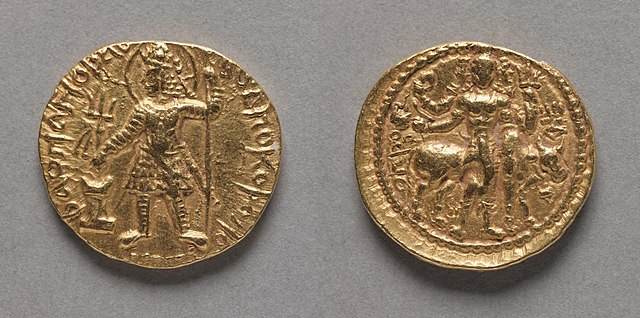What is the value of teaching children about money? A few weeks ago, one of my eighth grade students asked if we could learn about the creation of the Federal Reserve Bank in America during our American History Live Block. Of course I responded “yes” since this is one of me favorite things to understand. I proceeded to deliver several lectures about how central banking emerged and how money functions. My students have been very grateful.
The History of Teaching Children About Money
However, why is it so important for grade school students to understand? One of the things my father-in-law (born in 1960) likes to remind me is that during the Baby Boomers’ education, school used to teach them about money and finance. They grew up at least understanding the financial system. At some point, he explains, they realized the general population was using this knowledge to enrich themselves and thereby decentralize wealth, so they took it out of the curriculum.
Please forgive that I cannot provide a reference for (though I’ve looked), and therefore cannot prove, this. However, public education has been heavily influenced for decades by bureaucrats who know nothing about child development. They have, however, cared about creating a population of obedient workers to fuel the machine of industrialism. Nobody with half a wit can deny how industrialized education has become.
One need only look at society with open eyes to see that those with power don’t easily share it. While I cannot prove my father-in-law’s claim, it stands to reason that those with political power calling the shots on education policy would have done this. At any rate, in my K-12 education, I never heard one scrap about how money worked. Whether we believe that was deliberate or just negligent, we need to understand why teaching children about money IS so important.
The Importance of Teaching Children About Money
So, why is this so important? Look at this chart and you will see how serious the household debt problem is in North America, particularly the United States and Canada. Americans live in an ocean of debt – credit card, mortgage, auto loans, etc. We may argue that this is because the cost of living is so high here, and that is true. However, it’s not the whole story. How many tales of college students racking of tens of thousands of dollars in credit card debt have we been told? Credit in America is like Pandora’s Box that, once opened, began to ruin lives.
One of the things children need to understand about money, therefore, is the difference between investment debt and consumption debt. Do you know the difference? If you own a business, most likely you do. If you don’t, then perhaps not. This is very important, though! Investment debt is used to create more value, while consumption debt burns value away. Don’t you want your children knowing the difference so that if they have to take debt in their lives, they will know how to make it work for, rather than against, them? Just wait until they go to college. They’d better understand this by then!
However, this goes beyond personal finances. To become well-informed citizens, they need to know how money flows macro-economically. They need to know what the national debt is and where it comes from, what that has to do with government spending, and how it affects our daily lives. Our children need to grow up understanding inflation so when the government pumps billions into the economy, they know how to preserve the value of their hard earned savings. It goes on, but if we want a truly decentralized democracy, understanding money is an absolute necessity.
Waldorf Education and Money Education
That is why we teach our students about money at Enkindle Academy. this begins in our 5th Grade Metric Measurement Block, accelerates in our 6th Grade Business Math Block, and continues through our 7th and 8th Grade blocks. Nor is it confined to math blocks but geography and history as well. Teaching children about the history and geopolitics of money helps them chart a more sustainable future for themselves and humankind.
This is the legacy of Waldorf Education. Its creator, Rudolf Steiner, believed strongly that children needed to understand economics theoretically, practically, and mathematically. It formed one of the most unique, though little talked about, parts of the Waldorf Curriculum. Steiner’s intention was not to turn children into money-hungry materialists but to prepare them to birth a new way of doing business: the Threefold Social Order.
Money: The Lifeblood of Society
Teaching children about money is like teaching them about blood. Do you know why it’s called “currency” in the first place? It’s because, like your blood, it’s supposed to flow from one person to another, facilitating the mutually beneficial trade of goods and services needed to live enriching lives.
In the same way, your blood sustains the “society” of your body. If we want healthy bodies, we ought to understand how our blood functions and work with, rather than against, its nature. The same is true of money. So, if we would teach our children about physiology, why wouldn’t we teach them about money?
As it stands, most adults my age have very little understanding of how money functions, and that’s unfortunate. It’s also largely the result of how they were raised. Perhaps once upon a time most children in society were taught what only the children of the rich learn in modern times. Let’s change that and teach our children about money!


Leave a Reply
You must be logged in to post a comment.